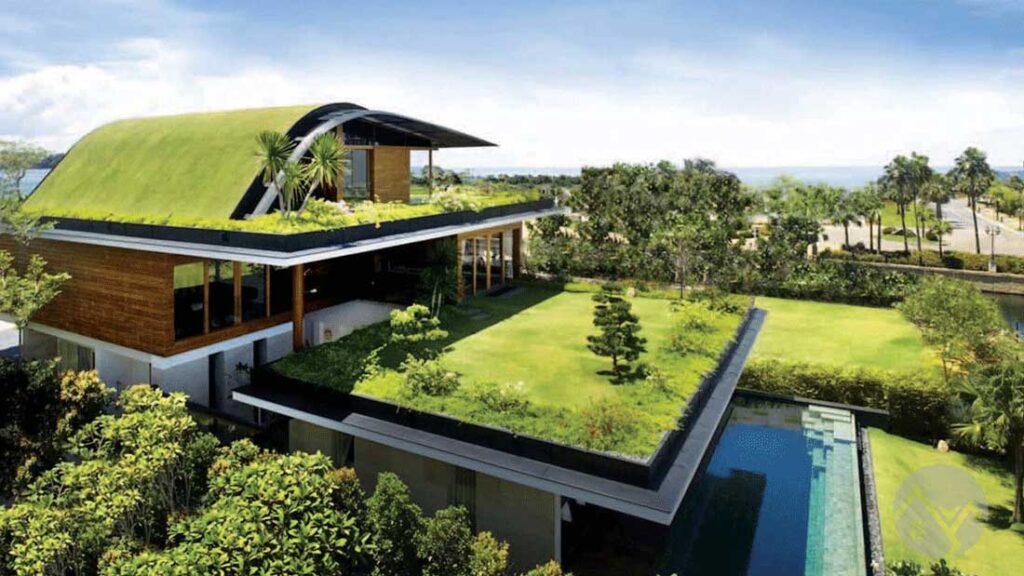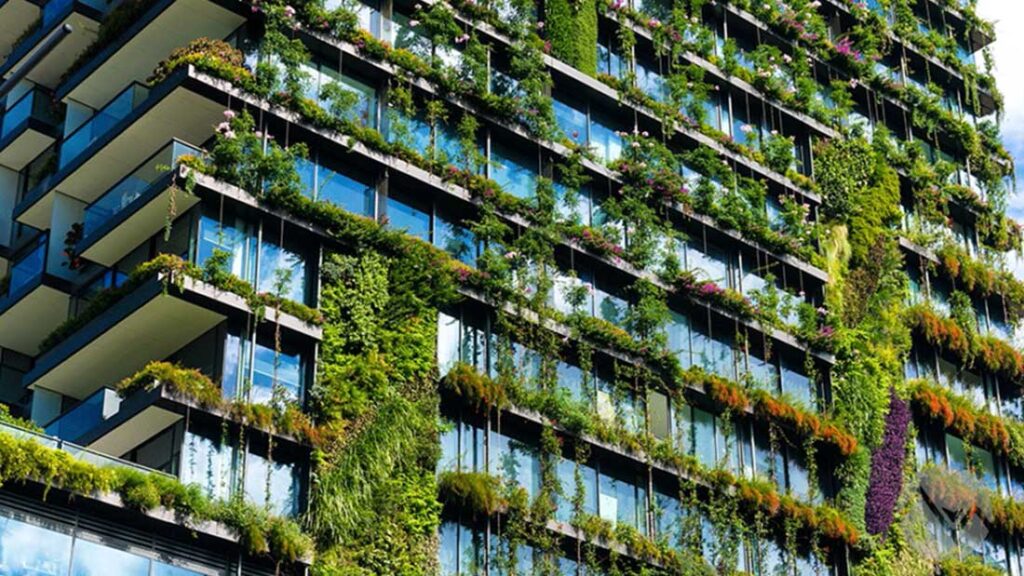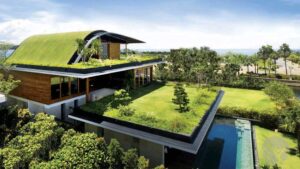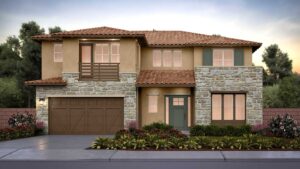Let’s explore how 3D architectural rendering can help create more sustainable and eco-friendly building designs, allowing architects to simulate the environmental impact of various design choices and make more informed decisions.

As the world becomes increasingly aware of environmental issues, sustainable design has become a critical aspect of architecture. Sustainable design involves creating buildings that are energy efficient, reduce waste, and minimize their impact on the environment. One of the most effective tools for achieving sustainable design is 3D architectural rendering.

Tell us about your project ideas or just say hello. We are here to bring your projects to life.
Architectural 3D rendering is the process of creating three-dimensional images of buildings, interiors, and landscapes. It allows architects to visualize their designs in great detail and allows clients to see exactly what the finished building will look like. In sustainable design, 3D architectural rendering plays a critical role in three key areas: design, communication, and evaluation.
Design
When it comes to sustainable design, 3D architectural rendering allows architects to create buildings that are not only aesthetically pleasing but also energy efficient. With 3D rendering software, architects can analyze the energy performance of their designs and make adjustments to maximize efficiency. They can also experiment with different materials, lighting options, and ventilation systems to find the most sustainable solution.
Communicate
Clear communication is essential in any building project, but it is especially important in sustainable design. Clients need to understand the benefits of green design and how their building will meet their sustainability goals. 3D architectural rendering makes it easy to communicate these ideas to clients by creating realistic images of building features such as solar panels, green roofs, and energy-efficient windows. These images help clients visualize the building’s sustainability features and understand how they will contribute to a more sustainable future.

Evaluation
Once a building is finished, it is important to evaluate its sustainability performance. This involves monitoring the building’s energy use and other environmental factors to ensure it meets its sustainability goals. 3D architectural rendering is useful in this process because it allows architects to create simulations of the building’s energy performance under different conditions. By analyzing these simulations, architects can identify areas for improvement and make adjustments to ensure the building meets its sustainability goals.

In summary, 3D architectural rendering plays a critical role in sustainable design. It enables architects to design energy-efficient buildings, communicate sustainable ideas to clients, and evaluate a building’s sustainability performance. As the importance of sustainable design continues to grow, 3D architectural rendering will continue to be a critical tool for architects and designers looking to create a more sustainable future.
You can check our HOUZZ profile to see all our projects.
Follow us on social media to learn more about this service and to see projects from our satisfied clients. If you have any questions to ask us, feel free to drop us a line! We’ll be happy to help you.






